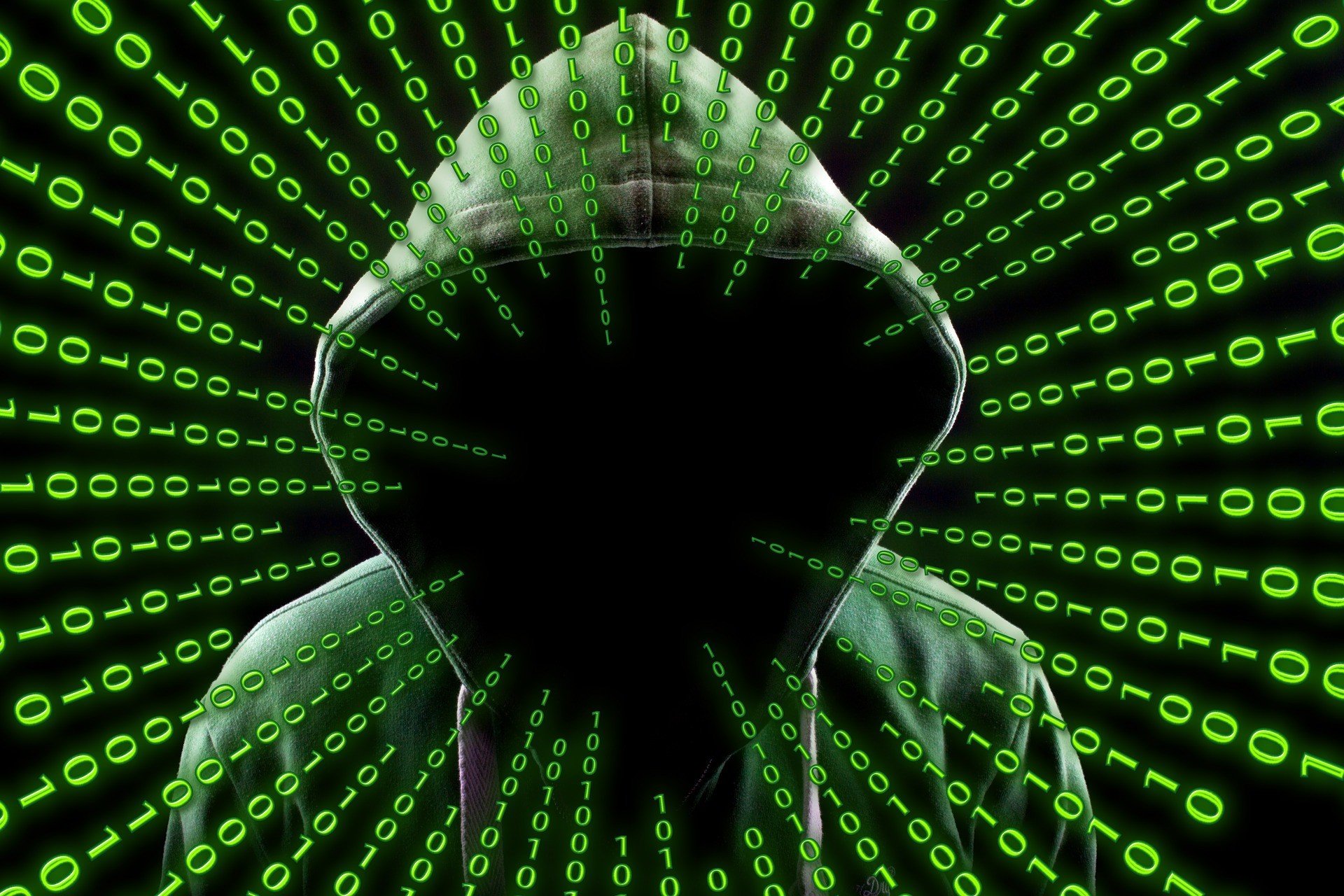No products in the cart.

Cybercrime can be defined as any criminal activity in which a computer (or networked device) is targeted and/or used. Some cybercrimes directly attack a computer or device in order to damage or disable it. Others make use of a computer to spread malware, illegal information, images or other materials. Cybercrimes often do both, for example targeting a computer in order to infect it with a virus which is then spread to other machines. Categorizing cybercrimes can be difficult since there is considerable overlap, However, most cybercrimes can be broadly divided into four types: Finance-related Cybercrime Unsurprisingly, many criminals turn to the internet in order to make money at the expense of others. Online Phishing Scams Cybercriminals like to target the low-lying fruit and if they can entice an unsuspecting victim into downloading a virus then they will. Phishing emails are a favorite tool of the scammer. These persuade the recipient....
A great hacker is really worthy of good recommendation , Henry
really help to get all the evidence i needed against my husband and
and i was able to confront him with this details from this great hacker
to get an amazing service done with the help ,he is good with what he does and the charges are affordable, I think all I owe him is publicity for a great work done via, Henryclarkethicalhacker at g mail com, and you can text, call him on whatsapp him on +12014305865, or +17736092741,